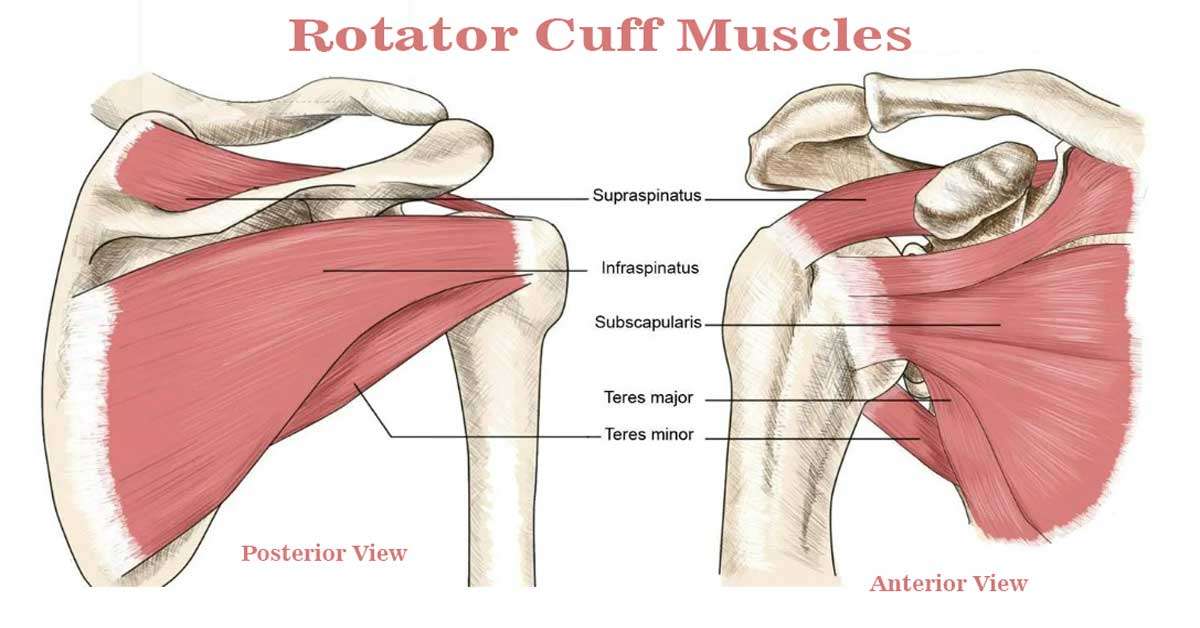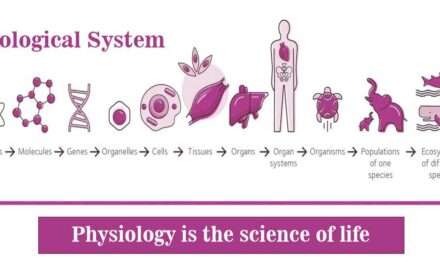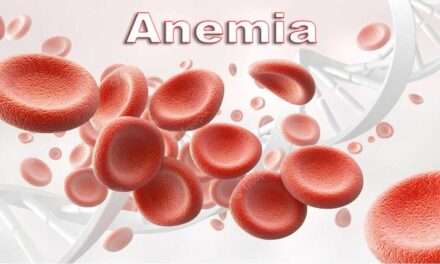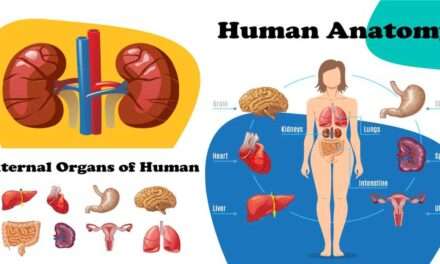Do you aware of how many important tasks your shoulders do? Rotator cuff (R.C muscles) help you when playing catch or tennis, reaching for objects on high shelves, or combing your hair. Even though it is a sophisticated procedure, your body makes it appear simple. The R.C is important in this. You can protect your shoulder joint by raising your arms above your head. It is critical in sports such as baseball, swimming, and tennis.
The R.C, which comprises four separate muscles and their tendons, provides strength and stability to the shoulder complex during movement. They are also known as the SITS muscle due to the first letter of their names (Supraspinatus, Infraspinatus, Teres minor, and Subscapularis, respectively). The glenohumeral (GH) joint is surrounded by muscles that start in the scapula and attach to the humeral head. It also makes arm elevation and rotation easier.
SITS muscles functions
The SITS muscle functions listed below should help you recall these four muscles:
- Supraspinatus is in charge of movement away from the body’s midline (abduction). The supraspinatus produces the first fifteen degrees of motion. The trapezius and deltoid muscles then take over.
- The Infraspinatus is the principal muscle responsible for the arm’s lateral rotation away from the body’s center. It is a big muscle in the shape of a triangle. It is located beneath the skin and close to the bone on the back of the shoulder blade.
- The Teres minor is a tiny, slender muscle placed on the back of the shoulder blade beneath the Infraspinatus. It also facilitates lateral arm rotation (externally).
- The massive, triangular-shaped subscapularis muscle sits beneath the other three. It is the largest, most powerful, and most frequently used of the four R.C, muscles. It takes part in most shoulder movements but is especially important for turning the arm towards the body’s midline (medial rotation). In contrast to the other three muscles, the Subscapularis attaches at the front of the upper arm.
Rotator cuff injuries
A torn rotator cuff is usually caused by normal wear and strain. Usually, only a few tears are shed. If you work in a trade that requires repetitive arm movements, such as painting or construction or play sports, you are more prone to acquire this condition. Physical therapy, medication, and, in certain cases, surgery are used to treat it.
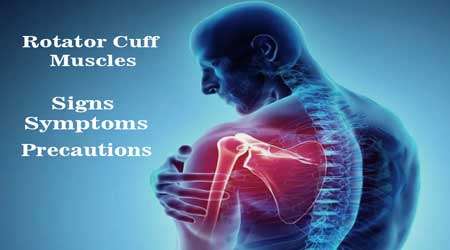
Rotator cuff injuries are common. Rotator cuff tendonitis and rotator cuff tears are the two most common conditions. Throwing a ball, swimming, or hitting a racket repeatedly might result in rotator cuff tendonitis (inflammation).
An acute or sudden injury, such as a fall or carrying a large object, can rupture the rotator cuff tendons. Nevertheless, rotator cuff injuries frequently develop gradually over time.
Tendons deteriorate and get thinner as we age. Also, the blood supply to the shoulder tendons slows. As a result, small tears heal less effectively. Working or playing a sport that requires repetitive overhead motions may result in tears.
Diagnosis of rotator cuff diseases
The following are important diagnostic factors for RC pathology:
- History
- Age, gender, co-occurring conditions (such as diabetes, smoking, past shoulder discomfort, or cervical pain),
- Participation in contact or overhead sports.
- Mechanism of injury were all taken into account (such as acute injury from falling on an outstretched hand or repetitive strain).
Tests for rotator cuff tear
C-spine scan (to rule out referred pain and radiculopathy)
- Shoulder, cervical, and thoracic spine visual examination (pain, deformity, oedema)
- Strength evaluation (manual muscle testing or with a handheld dynamometer)
Diagnostic procedures: Cluster Testing allows clinicians to diagnose RC tendinopathy:
Shoulder pain from locations other than the shoulder, such as the neck (referred cervical or thoracic pain) or the elbow, as well as complaints from other shoulder components, must be identified by history and physical examination. Overhead motion is the most prevalent cause of shoulder pain, and it can lead to shoulder muscle atrophy.
X-rays cannot identify the RC muscles, but they can reveal calcifications, arthritis, bone deformations, and major causes of RC problems. MRI is the most common imaging tool used to diagnose rotator cuff issues. It can detect tears and inflammation and assist in analysing the affected area’s size and type to build an efficient treatment plan.
MRI is the preferred imaging modality for rotator cuff disorders, although the ultrasound can also be used because of its outstanding diagnostic accuracy (Evidence level 2a), reduced cost, and broad availability.
Preventing Rotator Cuff Injuries
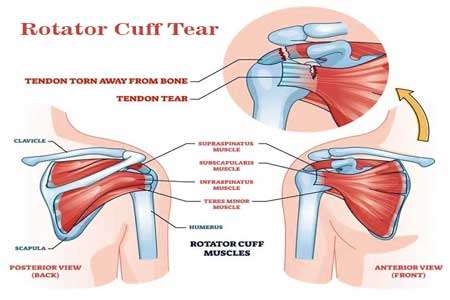
Some patients who visit their doctor complaining of shoulder pain have rotator cuff issues. For example, if you fall on your outstretched arm, you could injure your R.C muscles. Age-related changes or repetitive behaviors may also contribute to its steady advancement. R.C injuries include the following:
Tendinopathy. It is discomfort that occurs within and around the tendons. Tendinitis and tendinosis are two different conditions. R.C. tendinitis is the least dangerous type of rotator cuff injury. A possible explanation is an age-related deterioration.
- Overuse, Repetition of activity, and Trauma
- Impediment As the acromion, or top of the shoulder, scrapes on the tendon and bursa, the rotator cuff becomes inflamed. Ranging from 44 to 64%. The most prevalent shoulder problem, Subacromial impingement syndrome (SAIS), is thought to be the source of all shoulder pain.
- Bursitis. The bursa that surrounds the rotator cuff can enlarge and fill with fluid.
- Rotator cuff tendon tears in part. Despite being damaged or ripped, the tendon remains attached to the bone.
- Tears have a thick consistency. The tendon has separated from the bone. The prolonged decline is usually to blame.
- Tumors of the bones. These may occur as the rotator cuff tendons rub against the shoulder bones. Bone spurs do not usually cause a rotator cuff condition.
therapy for rotator cuff
Depending on the severity of the condition, several treatments are available for R.C tendinitis and R.C tears. Simple home remedies for minor injuries, such as avoiding activities that cause shoulder pain, may aid in their rehabilitation.
- Employing either heat or cold.
- Taking more medications or taking nonsteroidal anti-inflammatory drugs (NSAIDs).
If your injuries are severe, then the doctor may advise you to include one or more of the following treatments in your treatment plan:
- Physical therapy to build up the muscles that support the shoulder joint.
- Steroid injections to treat edema; rotator cuff tendon surgery to fix the injury.
Rotator cuff strengthening exercises
One way to avoid R.C problems is to strengthen your shoulder muscles.
- Do daily exercise the strengthen your shoulder muscles.
- Mild shoulder stretches to improve flexibility and range of motion.
- Use a step stool or ladder to minimize overhead motions and long reaches.
- Taking additional care to avoid falls that may result in shoulder damage.

